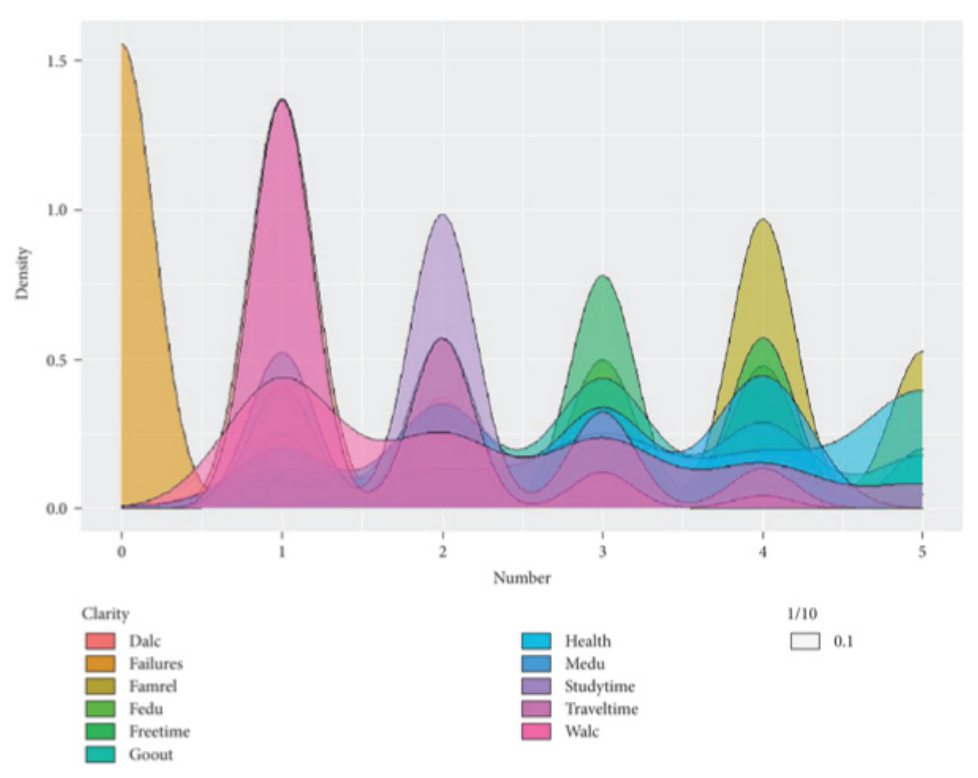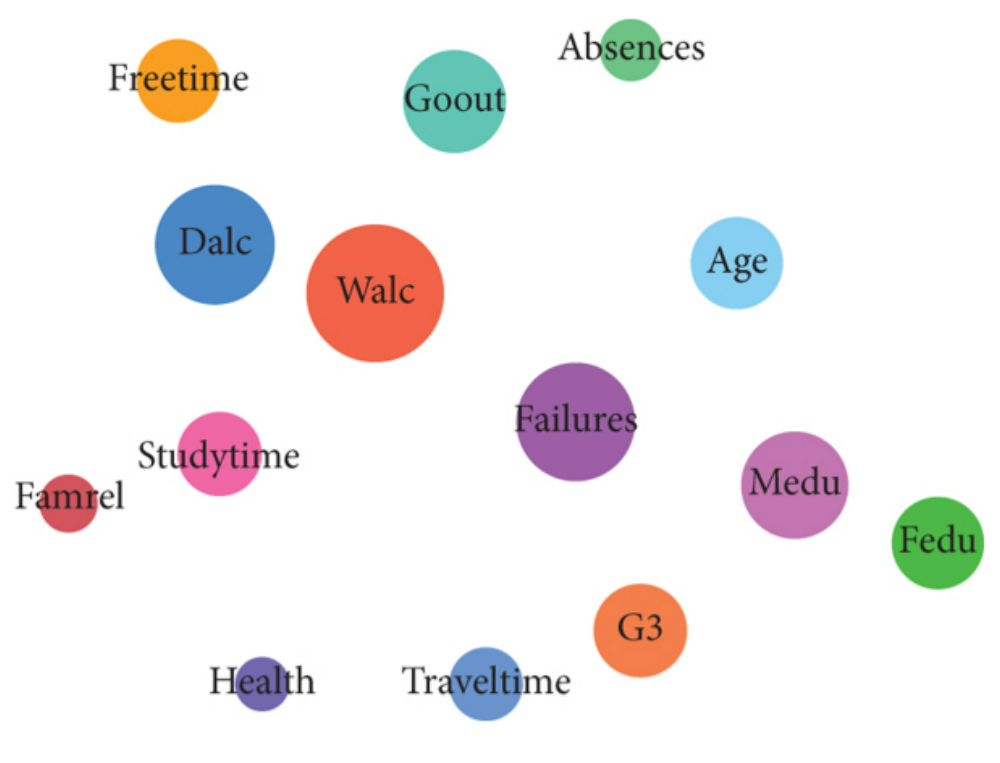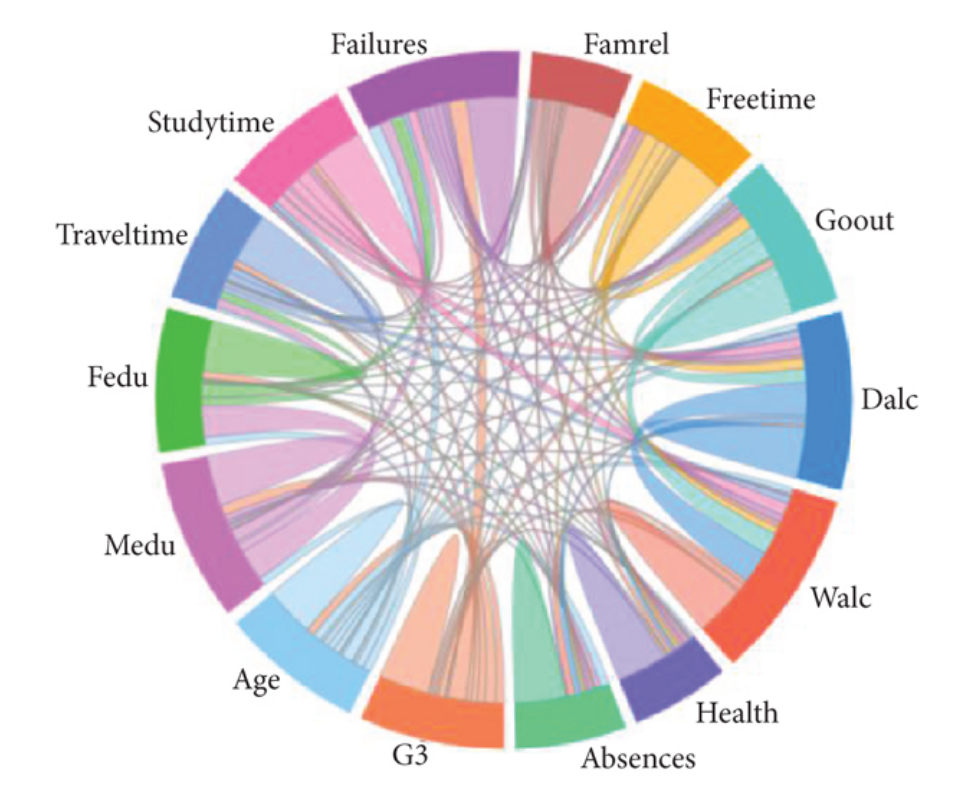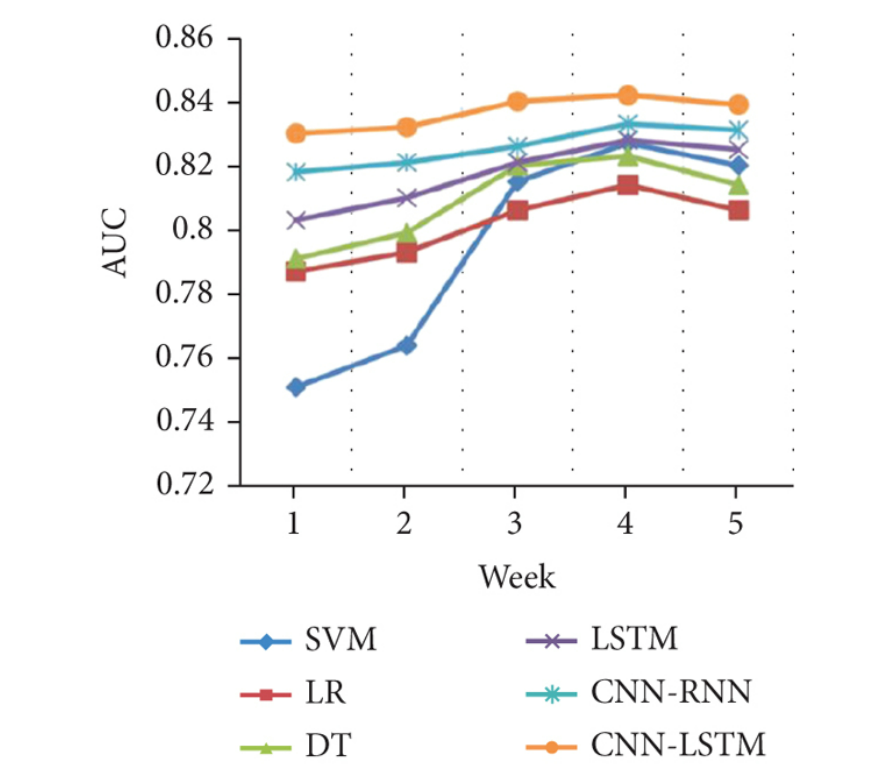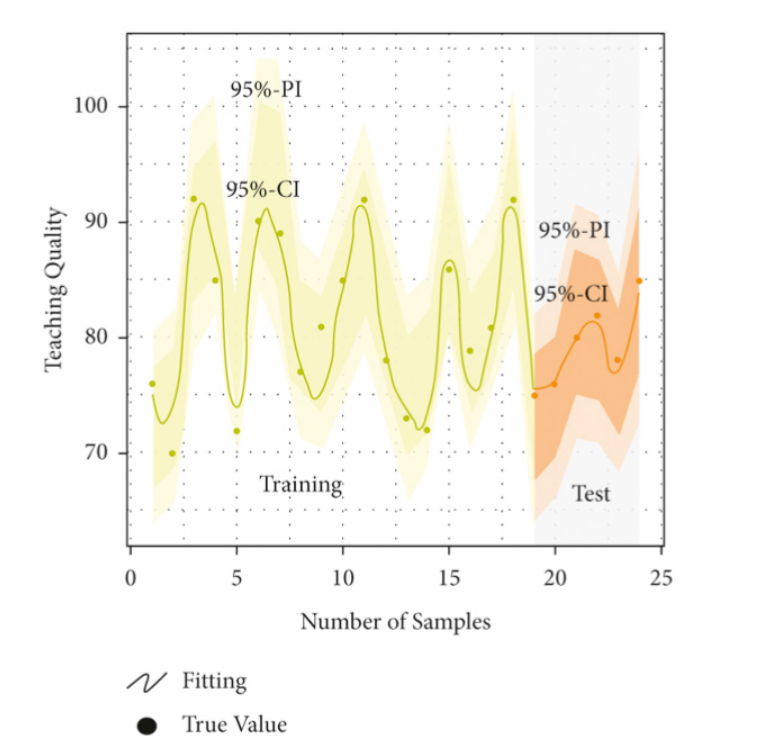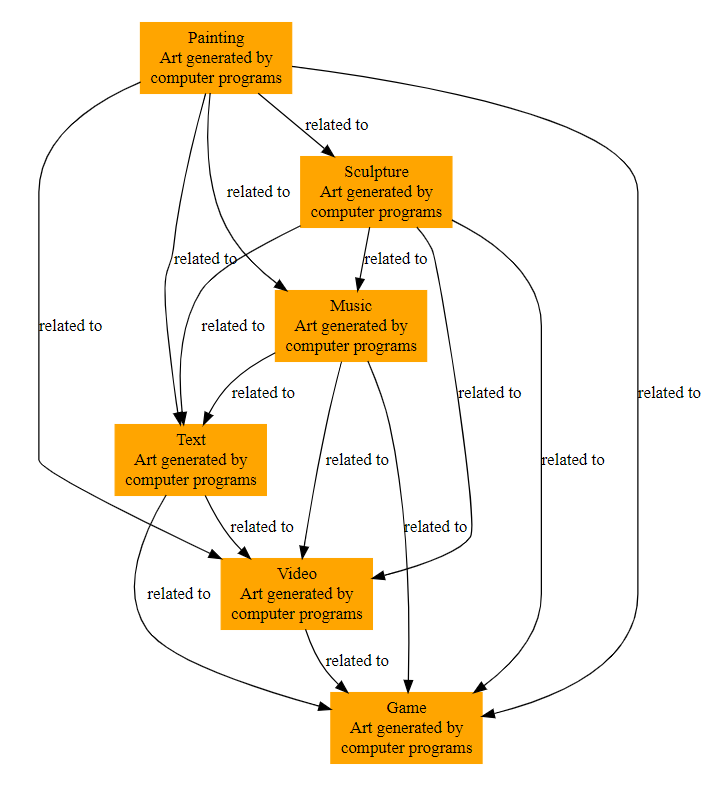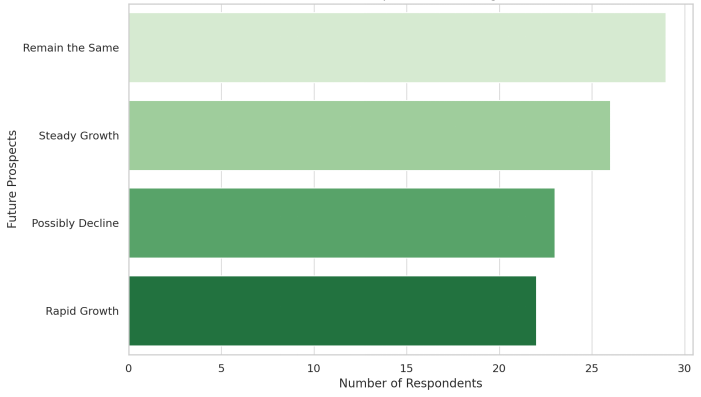 An open access journal
An open access journal
Exploring the Integration of Artificial Intelligence in Design: Innovations, Challenges, and Future Prospects
Abstract
With the booming development of information technology, the application of artificial intelligence (Artificial Intelligence, AI) in various fields is gradually deepening, especially in the field of design potential is more prominent. This paper aims to systematically explore the innovative application of artificial intelligence in design, and analyze the subversive influence and transformative contribution to traditional design methods from the evolution of design thinking. This paper will define artificial intelligence and its core technologies, including machine learning (Machine Learning, ML), deep learning (Deep Learning, DL), and generative adversarial networks (Generative Adversarial Networks, GANs), to clarify how these technologies can provide support and improve efficiency in the design process. In the process of research, we focused on the specific application cases of AI in product design (Product Design), visual art (Visual Arts), and user experience design (User Experience Design, UX Design). For example, in the field of product design, by using algorithm-driven generative design (Generative Design) technology, designers can explore numerous design possibilities to create products that meet functional needs and aesthetic characteristics. Take Tesla (Tesla) as an example. By introducing artificial intelligence algorithm in the design of the electric vehicle, it not only improves the aerodynamic performance of the vehicle, but also optimizes the production process and effectively reduces the cost. The impact of AI on the visual art is equally significant. With the development of deep learning technology, artists and designers can create new works of art using AI programs. For example, images generated using GANs provoke new discussions in the field of art creation, not only enriching traditional art forms but also challenging the definition of art creation itself. We will analyze specific cases, such as "Algorithmic Art" (Algorithmic Art) artist Refik Anadol uses data visualization technology to transform dynamic data into visual experience, and then explore its potential impact on audience perception and art appreciation. In terms of user experience design, the application of AI is mainly reflected in the two aspects of personalized experience and user behavior prediction. With data mining (Data Mining) and behavior analysis (Behavioral Analysis) technologies, designers are able to more accurately understand the user needs and optimize the interface design and interaction processes accordingly. In this regard, we will provide empirical data support. Through the case demonstration of large online platforms such as Netflix and Amazon, how they use machine learning algorithms to analyze user preferences, realize personalized recommendation, and then improve user satisfaction and loyalty. In general, the application of artificial intelligence in the field of design not only promotes the change of design thinking, but also realizes the automation, intelligence and individuation of the design process, which will profoundly affect the working mode and creative concept of designers. However, the rapid development of artificial intelligence has also brought new challenges and ethical issues, such as the ownership of creative rights, algorithm bias and so on. In this context, this paper will finally summarize the opportunities and challenges of ARTIFICIAL intelligence in design, and call on relevant scholars and practitioners to pay more attention to the moral and social impact of these issues, so as to provide a more comprehensive perspective for future research and practice.
Show Figures
Share and Cite
Article Metrics
References
- Han Han, Han Xiang, Hong Wudi. Artificial Intelligence painting and its innovative application in brand visual design [J]. Art Education,2023,(10):214-217.
- Lu Yuwen, Zhai Guofang. Application and exploration of artificial intelligence technology in urban disaster risk management [J]. Urban Planning International, 2019,36(02):22-31+39.
- Jiang Yujian. Application of artificial intelligence natural language processing in image design [J]. China High-Tech,2023,(05):43-45.
- ZHANG Qian. Exploration and Application of curly grass pattern in Dynamic design [J]. Grand View,2023,(07):18-20.
- ZHANG Jue. Exploring the application of traditional national culture in font design [J]. Screen Printing,2023,(13):63-66.
- ZHAO Rui, Liu Lin, Teng Jidong. Application of Revit in general plan design of automobile factory [J]. China Survey and Design,2021,(09):84-87.
- Wang Fang, Zhao Zuo, Wang Yihang, LI Xuanya. Exploration and practice of Artificial Intelligence in Programming teaching [J]. Computer Education,2023,(11):45-50.
- Chen Xuejiao, Huang Hua, Fei Lingfeng, Zhou Rui. Creative application of red culture in Packaging design [J]. China Packaging,2022,42(10):37-41. (in Chinese)
- Jia Qingzhi. Exploration on the application of Paisley pattern in Cheongsam design [J]. Lucheng Journal,2022,34(02):11-14.
- WU Xiaoming, SHI Xiujing, SONG Yongbo, Liu Min, Longkeli, Gao Yan, Li Jun, ZHANG Feiyue, Guo Zhen. Exploration and application of artificial intelligence technology in ophthalmology consultation [J]. China Digital Medicine, 201,16(03):75-79. (in Chinese)
- Chen Xiaoqi, Zeng Jian. Application and exploration of Zodiac elements in cigarette label design [J]. Art Appreciation,2021,(15):65-67+198.
- Wan Raolei, Yuan Shaolei. Exploration of practical application of visual communication in packaging design [J]. Shenhua (II),2021,(10):104-105.
- Zhang Kai. Application of Artificial Intelligence Technology in Mobile development course teaching [J]. Wireless Internet Technology,202,19(02):136-137.
- Wang Yang. Discussion on the application of artificial intelligence technology in information visualization design [J]. Grand Review,2022,(12):111-113.
- Liu Zhe, Zhang Yan. Application of Aesthetic Education in SPOC Course of Logo Design [J]. Computer Knowledge and Technology,2023,19(03):137-139.
- Zhang Lei. Application of seismic design in Steel structure Bridges [J]. Transportation World,2021,(12):136-137.
- Zhang Zhen. Application of Artificial Intelligence technology in Adult college English teaching [J]. Science and Technology Vision,2023,(07):97-100.
- Ren Qianhui. Application of artificial intelligence technology in Environmental design teaching [J]. Wireless Internet Technology, 2019,18(09):86-87+98. (in Chinese)
- Gong Tian, Chen Wei, Chen Yuqing. Application of artificial intelligence in the supervision of medical waste [J]. Chinese Journal of Health Supervision,202,29(03):212-216. (in Chinese)
- Bao Minchen, Liu Yunxia. Exploration on the application of borrowing scene technique in residential space design [J]. Tomorrow Style,2022,(14):125-128.

